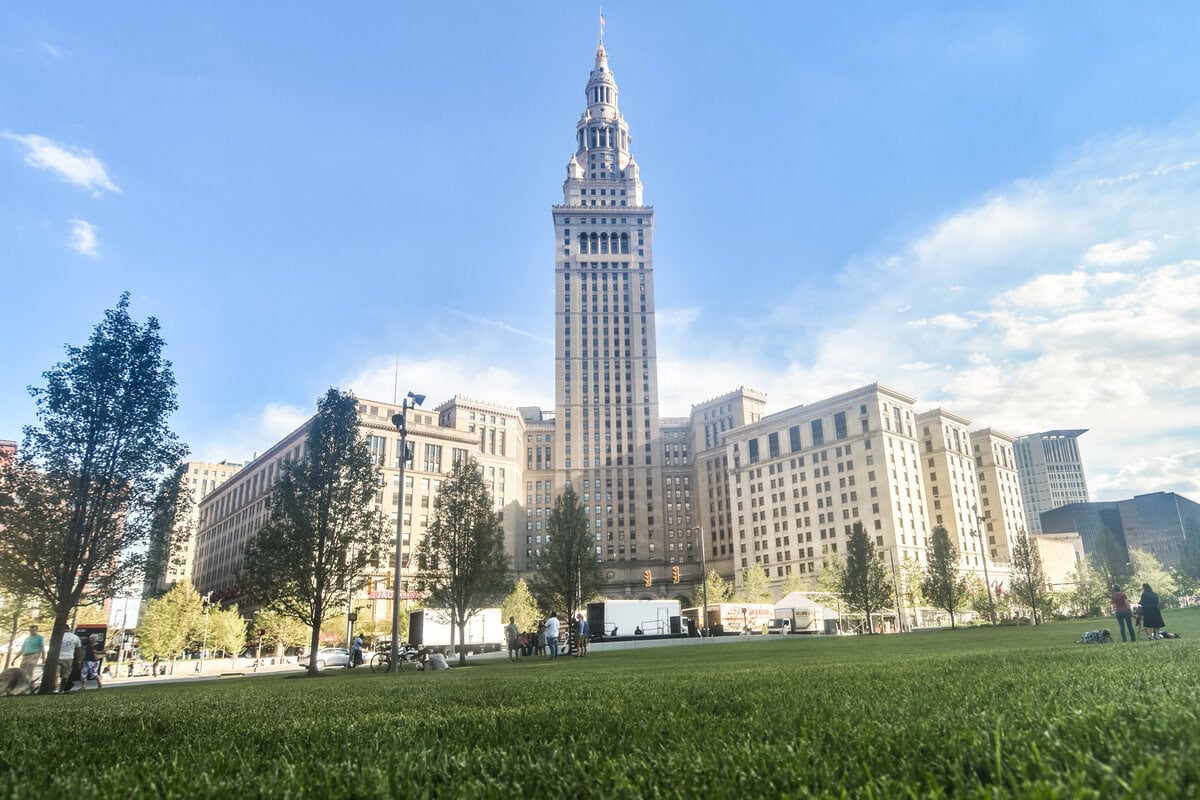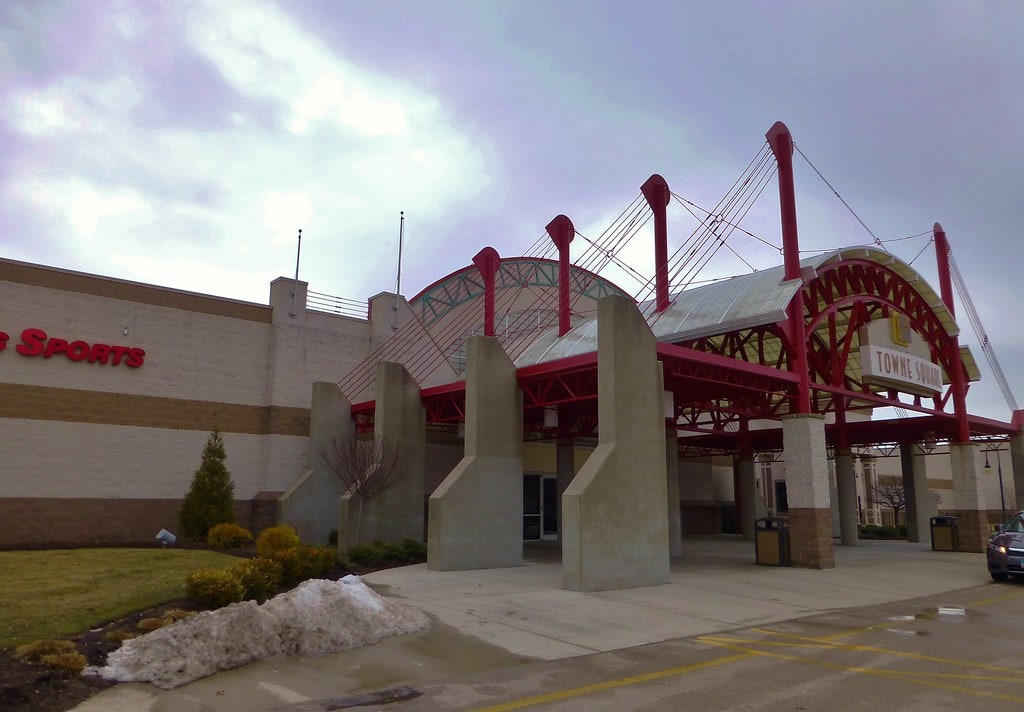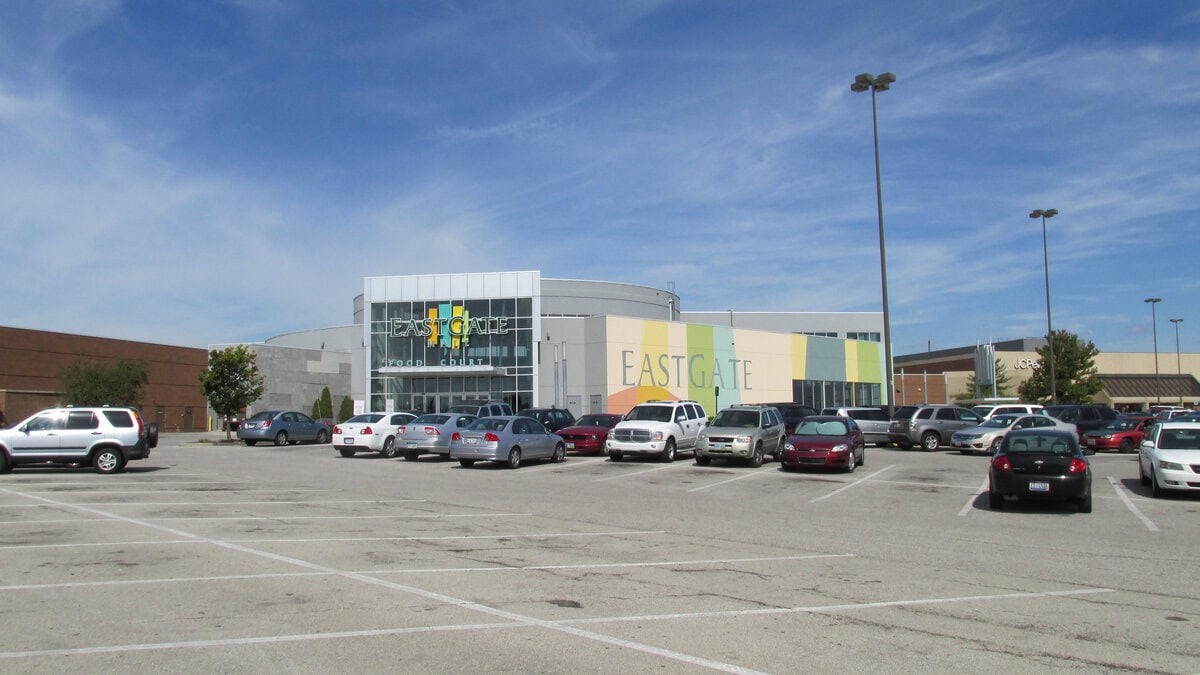Rockefeller Building: Beginning in Smoke and Steel
Cleveland at the turn of the 20th century was a city on the make. Steel mills lined the river. Coal smoke hung heavy in the air, giving everything a gray tint.
The streets were crowded with men who believed industry could make them rich and who weren't wrong. Into this world came John D. Rockefeller, who by then had become one of the richest men alive.
He had built Standard Oil on Cleveland's soil, and even though he later moved to New York, he never cut ties with the city. In 1903, he commissioned a building that was meant to be both practical and symbolic.
The Rockefeller Building rose from the ashes of the Weddell House hotel, once the most famous lodging in town.
Where travelers had checked in for canal and railroad business, Rockefeller wanted a skyscraper of the modern age.
It would be Cleveland's first big building with a steel skeleton, a leap forward that allowed it to stretch 17 stories into the air.
When it was finished in 1905, it towered over the intersection of Superior Avenue and West 6th Street, its stone ribs and ornate cast-iron details pointing skyward.
At night, the rooftop sign blazed "ROCKEFELLER," visible from the lake and the train yards.
The message was blunt: this city had money, and Rockefeller was still its king.
A Name Lost and Regained
But Cleveland's fortunes, like Rockefeller's own, were rarely straightforward.
In 1920, a businessman named Josiah Kirby managed to buy the tower. Almost overnight, the name changed.
The glowing letters were switched out, and the city looked up at the Kirby Building instead.
The rebranding did not last.
Kirby overextended himself, and within three years, the Rockefellers had quietly reacquired their tower.
The sign switched back.
The building's name was restored to the skyline, and with it a sense that some things in Cleveland were too large, too foundational, to be easily erased.
The place once ran on constant motion.
Freight offices filled its halls, law partners debated contracts behind paneled walls, and bank vaults in the basement clicked open and shut.
Clerks and traders grabbed hurried meals on the lower levels, and up near the windows, men stole a glance at the lake before returning to pages charting the passage of coal and iron through the shipping lanes.
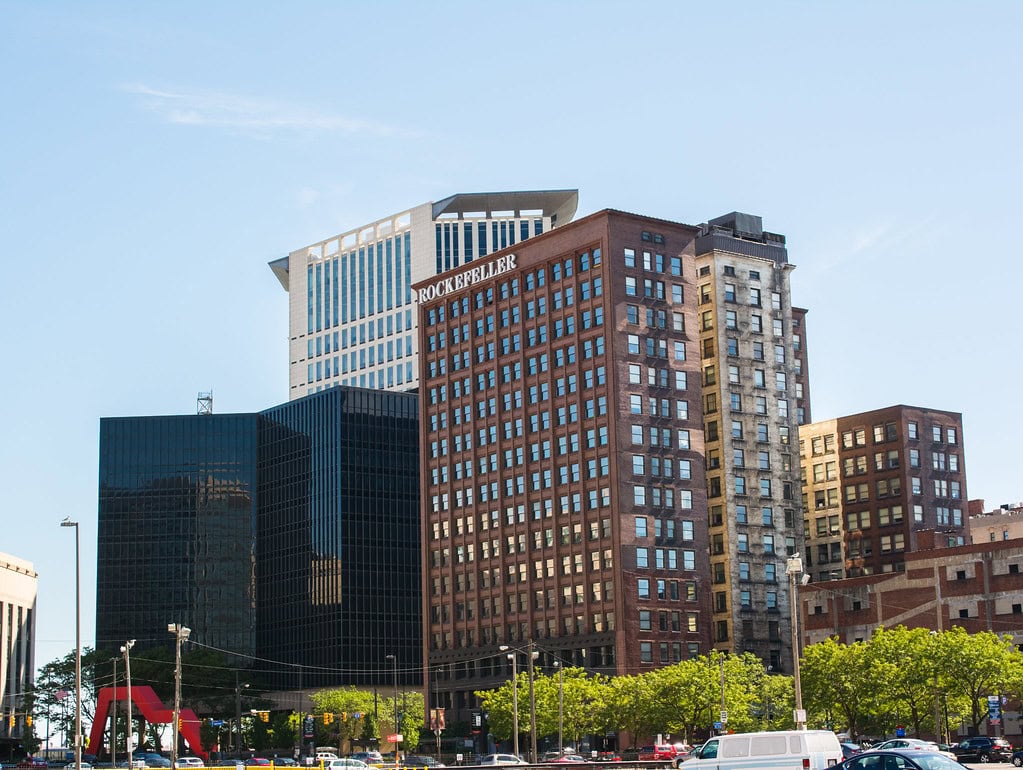
A Landmark of Style and Structure
Architects and preservationists would later call it the best example of Sullivanesque architecture in Cleveland.
The term came from Louis Sullivan, the Chicago visionary who argued that skyscrapers should wear their steel frames proudly instead of hiding them.
On the Rockefeller Building, the vertical lines run straight up the facade, uninterrupted, drawing the eye to the roofline.
The lower stories are covered with intricate geometric ornament, iron panels shaped into vines and curling forms.
It is a decorative language halfway between nature and machine, a kind of optimism cast in metal.
Clevelanders didn't necessarily talk about it in those terms.
For them, the tower was a landmark, a sign they were living in a real city.
Commuters stepping off trains saw it as they walked east.
Captains steering freighters into the docks could pick it out among the smokestacks.
It was a guidepost and a claim of importance.
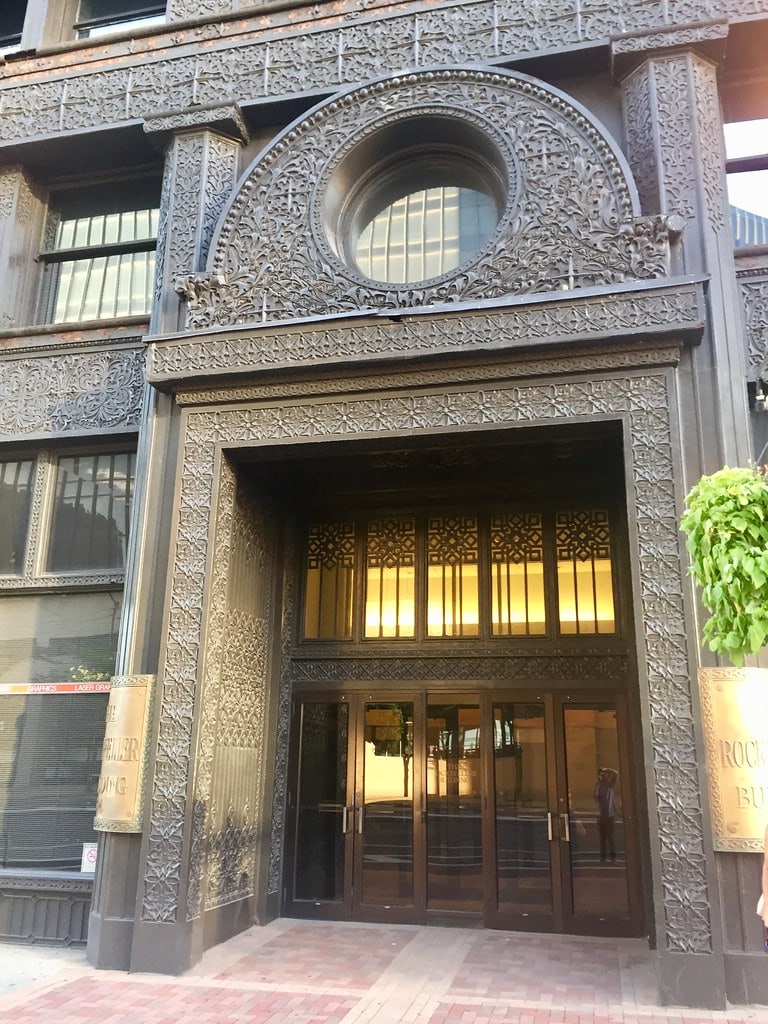
Decline in Slow Motion
By the mid-20th century, the industries that fed Cleveland were shifting away.
Factories closed, shipping slowed, and corporate offices moved out to the suburbs.
The Rockefeller Building began to empty.
Inside, decay arrived in fits and starts. A tenant would leave, and a whole floor would go quiet.
The cafeteria closed. Law firms packed up, leaving behind books stamped with their names.
By the early 2000s, some rooms had not been used in years.
Scrappers found their way in and pulled copper wiring from the walls.
Vandals sprayed graffiti. In one hallway, bullet holes marked the plaster.
The building was still officially open until 2022.
When the doors finally shut, it was as if someone had frozen time. Offices still had desks.
Papers still sat in filing cabinets.
A corporate sign for Top Golf Media remained on one wall, next to old computer monitors that no one had bothered to strip.
In another room, a plaque carried the name of Gary E. Fuller, whose office was abandoned just as he had left it.
Explorers who slipped inside described it as walking through a city's forgotten memory.
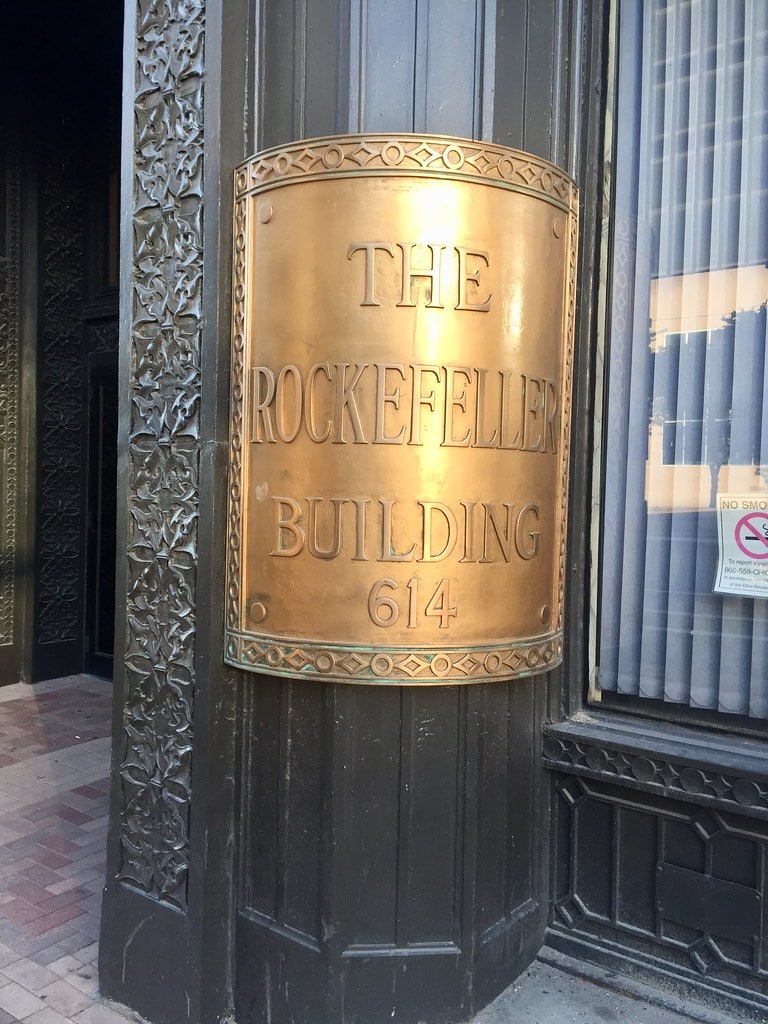
Preservation and Broken Promises
In 1973, the Rockefeller Building was granted a place on the National Register of Historic Places, a nod from the federal government that it mattered.
Preservationists hailed it as the best example of Sullivanesque architecture in the city.
On paper, it was saved. But in Cleveland, paper protections often mean little without money.
The skeleton of steel was still sound, but inside the building, time had already begun stripping away dignity.
When a developer announced plans to remake the tower as 436 apartments, the idea landed like a prayer.
Renderings showed sunlight pouring through old office windows into loft-style living rooms.
The cafeteria would become a shared gathering space. The vaults would be transformed into co-working lounges.
Local papers wrote that the building might again become a place where people came and went, carrying stories up and down its stairwells.
But the promises dissolved.
Financing collapsed under the weight of rising construction costs and the realities of downtown Cleveland's housing market.
The project stalled, then vanished. Lenders took over.
The building remained the same: locked doors, peeling plaster, lobby marble dulled by dust.
For longtime residents, the moment was familiar.
The city had seen so many visions deferred, so many grand plans that stopped short of rebirth.
The Rockefeller Building became another example of Cleveland's faith betrayed by economics.
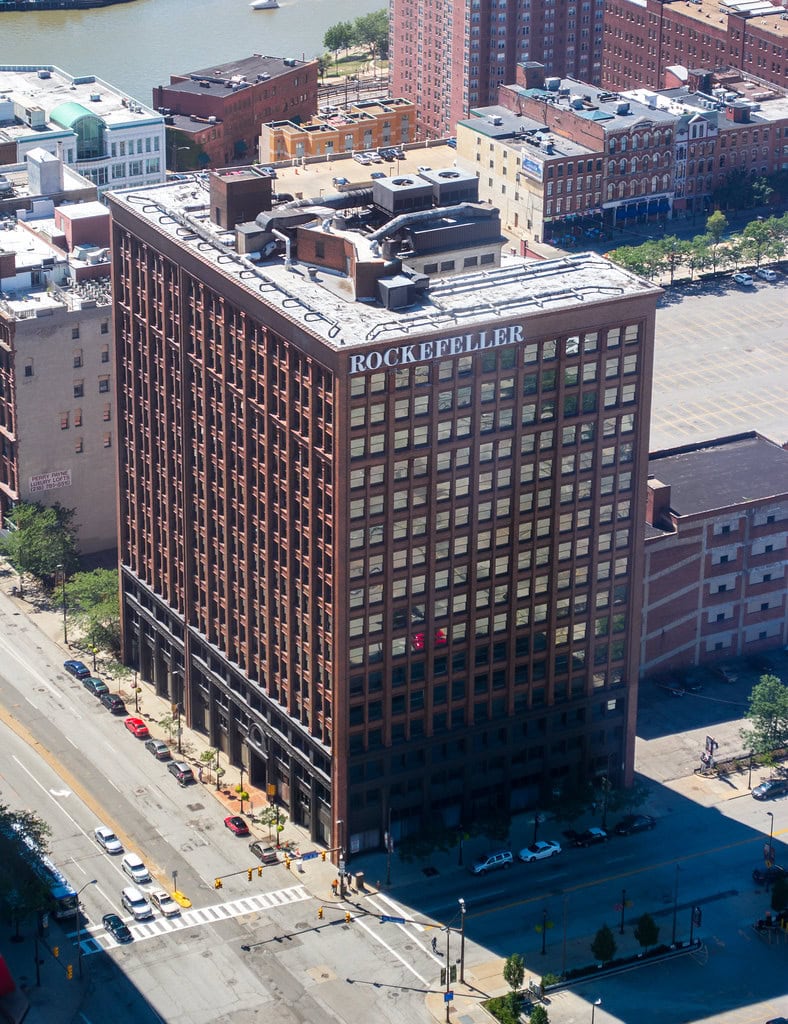
Waiting for a Future
Now the Rockefeller Building sits in limbo. It still dominates West Superior Avenue, but its windows are dark.
Preservationists still call it the city's most important Sullivanesque building.
Urban explorers post photographs of its cavernous lobby and waterlogged basement vaults.
Preservation groups argue that its demolition would erase an irreplaceable part of Cleveland's skyline.
The story of the Rockefeller Building mirrors the story of Cleveland itself.
Both were born in ambition, flourished in the age of industry, stumbled as factories closed, and now hover between rebirth and decline.
Walking past its silent doors, you can still imagine the clatter of typewriters and the smell of cafeteria coffee.
The building waits for someone daring enough to bring that noise back.
Whether that happens is still uncertain.
For now, the Rockefeller Building stands as a monument to both triumph and loss, a skyscraper caught between the glory of its past and the possibility of its future.

